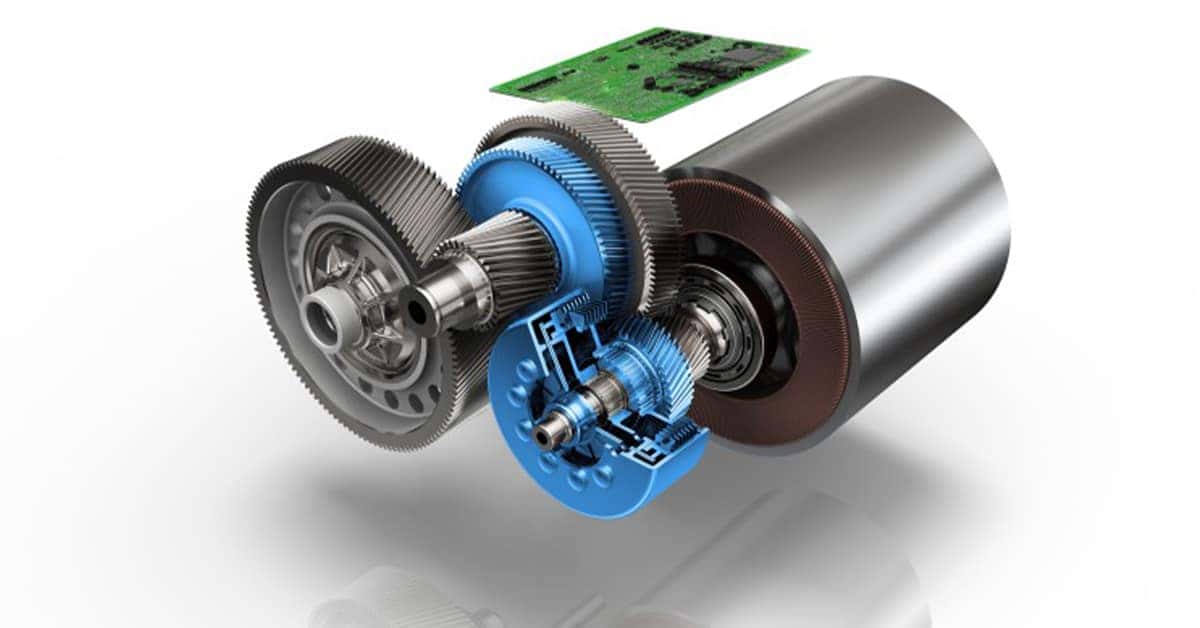
Do electric vehicle need gear box?
By Saket Gondane
Anyone who’s driven a regular internal combustion (IC) automobile will be familiar with the concept of a gearbox. Even those driving an automatic and not changing gears themselves will know that there is some sort of gearbox involved.
A device must be authorized to enable the engine crankshaft to revolve at a relatively higher speed, while the wheels turn at a slower speed. This is surrounded by a metal box called a gearbox. The Gearbox is the process of transmitting energy in a mechanical engine to increase the output torque or to change the speed of a motor.
the biggest differences in the majority of EVs, when compared to conventional cars is the absence of a gear shifter, simply because they have just one gear! A diesel or petrol powered car's internal combustion engine develops its power and torque at different RPM's (revolutions per minute) and therefore it needs a gearbox with various gear ratios to effectively transfer the power to the driven wheels and keep the engine in its "happy power band".

But as an electric motor does not have to burn fuel or go through a combustion process to generate power, it delivers its maximum torque at zero RPM! These motors also have a very large RPM range with most being able to rev up to 20,000 RPM! Therefore with this instant torque, delivered constantly across a very broad RPM range, EV engineers don't need to mate the motor with multiple gears, but only need to design a one ratio, single-speed transmission, which regulates the electric motor and delivers the best balance between acceleration and top speed.
However, given that a single ratio provides the bulk of the required performance, nearly every EV today uses a single-speed unit rather than have to manage the complexity of a multi-ratio gearbox as well as the added cost – the last thing an EV needs. And this is why EVs today have no gearbox, or rather, just a single speed unit.
